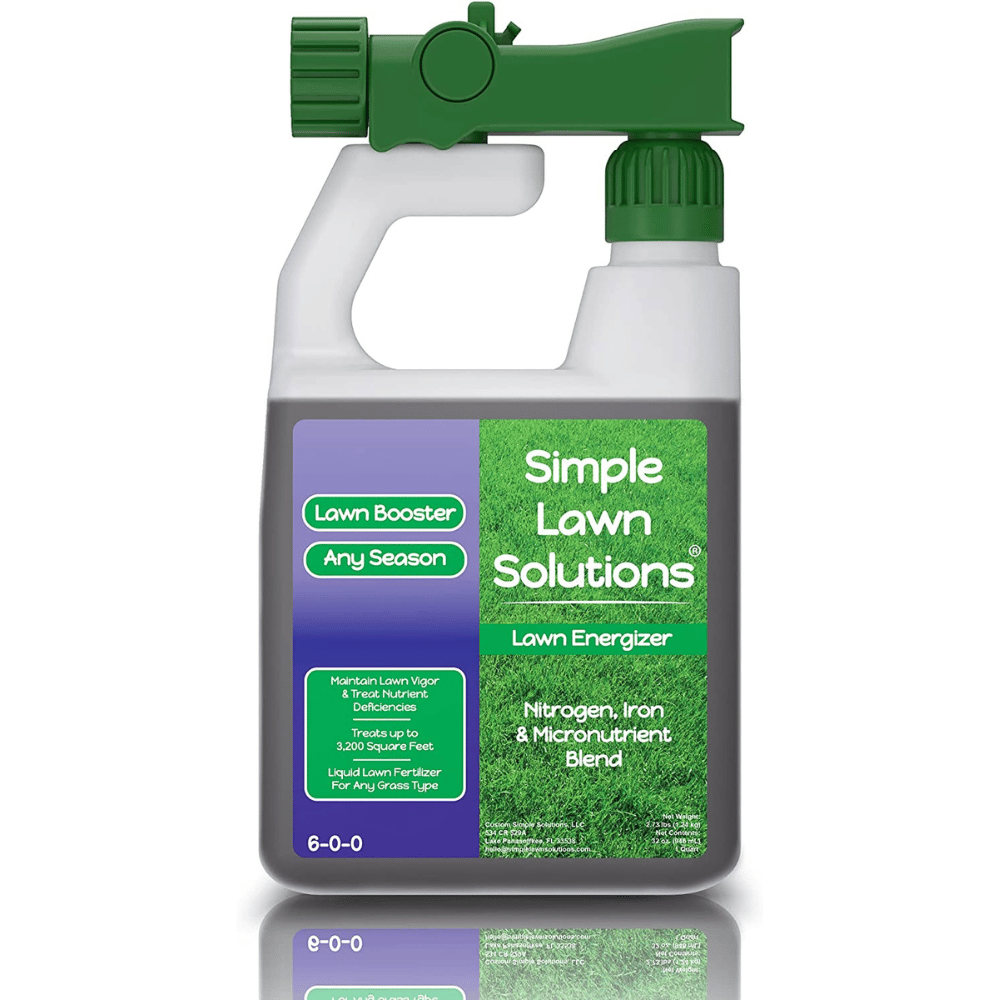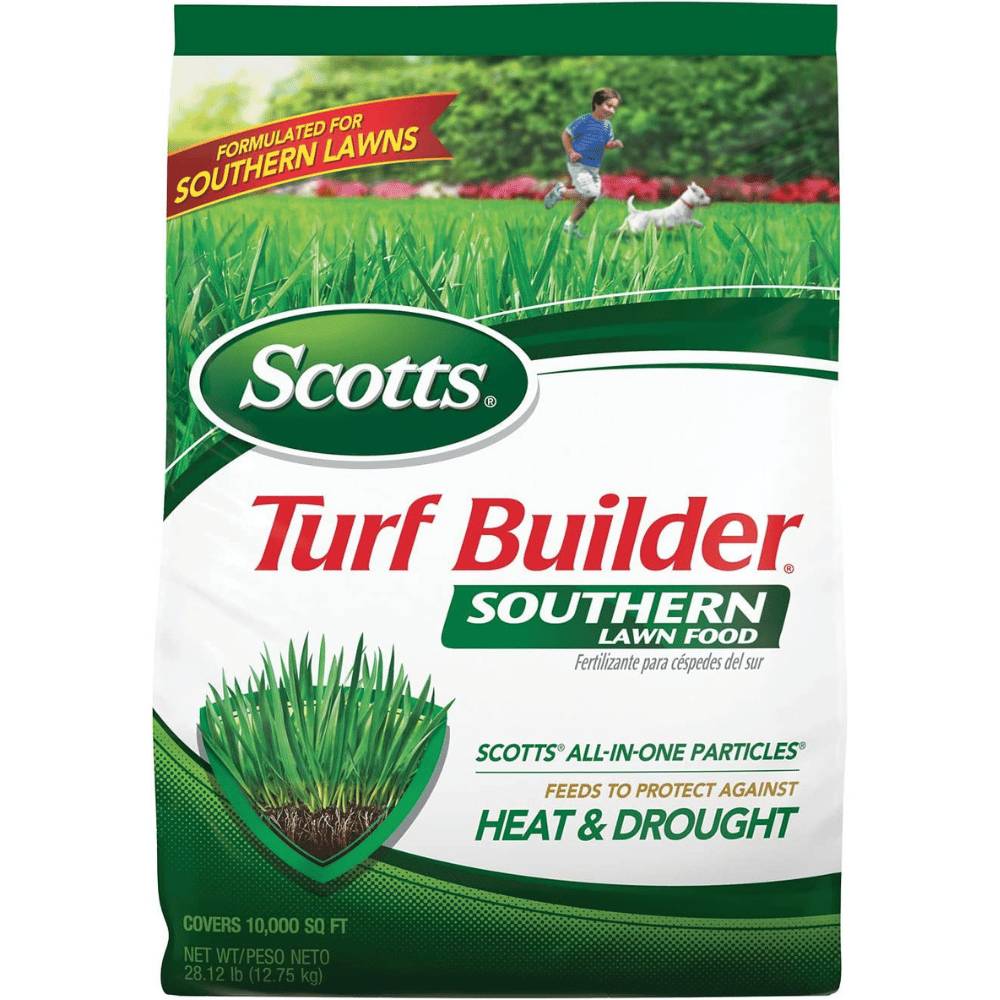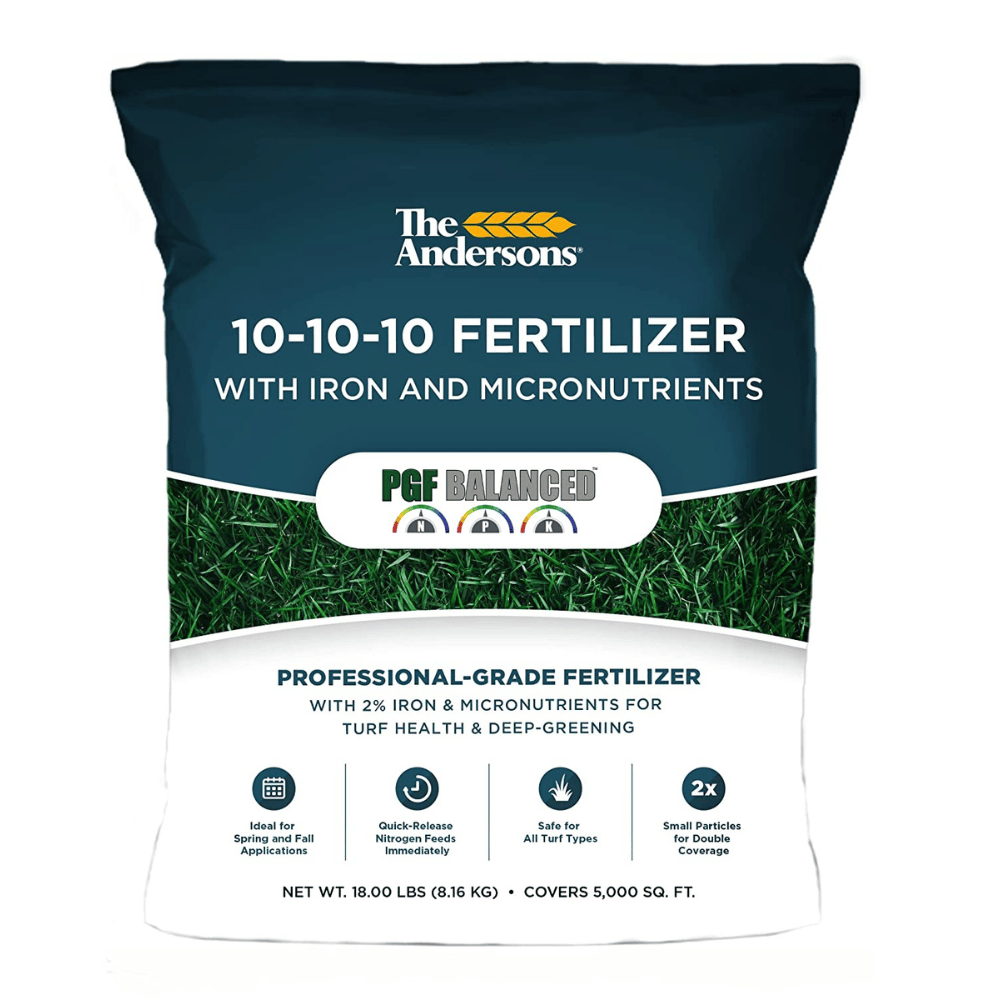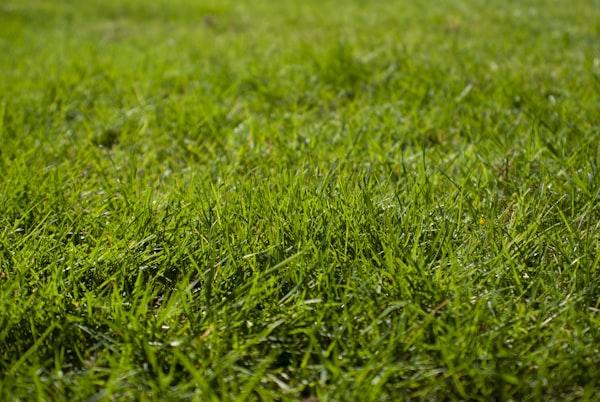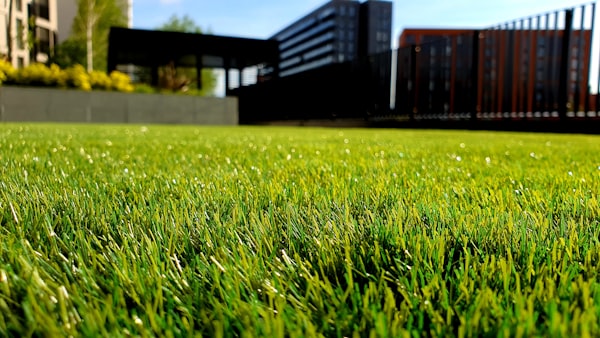What is Centipede Grass?
Centipede grass is a warm season grass native to Southeast Asia and commonly found in the southern United States. It's named after its numerous lateral shoots that resemble a centipede's legs. This grass is known for its low maintenance and ability to thrive in hot, humid climates. Unlike many other grasses, centipede grass is slow-growing and has a low nutrient requirement, making it a popular choice for homeowners looking for a low-maintenance lawn.
When Should I Fertilize Centipede Grass?
The best time to fertilize centipede grass is in the spring, around mid-April to mid-May, and again in the fall, around mid-September to mid-October. During these times, the grass is actively growing and can best utilize the nutrients from the fertilizer. It's important to not fertilize during the hot summer months, as this can stress the grass and lead to damage. Always follow the instructions on your chosen fertilizer and adjust the frequency of fertilization based on the needs of your specific lawn.
Nutrient Requirements of Centipede Grass
Centipede grass requires very few nutrients compared to other grasses, but it still requires proper fertilization to maintain its health. The main nutrients that grass needs are phosphorus, nitrogen and potassium. Nitrogen promotes leaf growth, phosphorus promotes root growth, and potassium promotes overall plant health. When choosing a fertilizer, look for a fertilizer that provides a balanced ratio of these three essential nutrients.
Tips for Applying Fertilizer
Timing: The time for fertilizer application is in the spring and fall when the grass is actively growing. Avoid fertilizing in the summer when the grass is dormant.
Amount: The amount of fertilizer you apply will depend on the size of your lawn and the type of fertilizer you're using. Always follow the manufacturer's instructions for application rates.
Method: There are several methods of applying fertilizer to your centipede grass, including using a broadcast spreader, drop spreader, or a hand-held spreader. Choose the method that works best for you and your lawn.
How We Choose the Best Fertilizer For Centipede Grass
We are dedicated to providing our readers with accurate and thorough information about the best products on the market. When it comes to choosing the fertilizer for centipede grass, we take our responsibility seriously. Our goal is to help homeowners make informed decisions about what to use on their lawns.
To determine the best fertilizer, our team conducted extensive research and analyzed customer reviews. We looked for products that had a balanced nutrient ratio, were low in nitrogen and high in phosphorus, and received positive feedback from customers. We also considered the price of each product and whether it offered good value for the amount of product you receive. See our top picks for centipede grass lawn fertilizer.
Fertilome Centipede Lawn Fertilizer
Why We Love It
Fertilome is specifically formulated for centipede grass, providing the right balance of nutrients for optimal growth. This fertilizer is low in nitrogen, which can be harmful to centipede grass, and high in phosphorus, essential for strong root development. The 20-lb bag is easy to spread and covers a large area, making it a cost-effective option. Customers love the results they see in their lawns, with a noticeable improvement in color and overall health. Additionally, the Fertilome brand has a reputation for producing high-quality products and providing excellent customer service.
Simple Lawn Solutions
Why We Love It
We love Commercial Grade Lawn Energizer for its effectiveness and versatility. This product provides a boost of essential micronutrients, including iron and nitrogen, which are vital for healthy grass growth. The liquid formula is easy to apply and quickly absorbs into the soil, providing fast results. This fertilizer is suitable for any grass type and can be used all year round, making it a convenient and cost-effective option. The 32-ounce bottle is also eco-friendly, as it reduces waste compared to traditional fertilizer bags. Customers rave about the improved health and appearance of their lawns after using this product. Simple Lawn Solutions is a trusted brand, known for producing quality products and providing excellent customer service.
Scotts Turf Builder
Why We Love It
Scotts Turf Builder Southern Lawn Food is able to promote lush, green grass in southern climates. This fertilizer is specially formulated for southern lawns, taking into account the unique challenges that come with hot summers and acidic soils. The 28 lb bag provides enough fertilizer for up to 5,000 square feet of lawn. It's easy to apply using a broadcast spreader, and the formula is designed to provide slow-release nutrients that will feed your lawn for up to 8 weeks. Customers rave about the improvement they see in their lawns after using Scotts Turf Builder. The product is easy to use, and the results speak for themselves. With a well-balanced combination of essential nutrients, this fertilizer is a great choice for anyone looking to achieve a healthy, thriving lawn in the southern United States.
The Andersons PGF Fertilizer
Why We Love It
The Andersons PGF Fertilizer is a great choice for those looking for a high-quality granular fertilizer that provides a balanced combination of essential nutrients for their lawn. This fertilizer provides a perfect balance of Nitrogen, Phosphorus, and Potassium, along with the added benefit of 2% Iron. The Iron helps to enhance the greening of the lawn, making it more lush and vibrant. This product is specially formulated for Southern lawns, and its micronutrient blend makes it ideal for use all year round. Its coverage area of 5,000 sq ft makes it perfect for large lawns, and its granular form allows for easy application. With The Andersons PGF Fertilizer, you can be sure you're providing your lawn with the best possible nutrition, making it the go-to choice for many lawn enthusiasts.
Centipede Grass Fertilizer FAQs
Centipede grass is a popular choice for lawns in the southern United States due to its low maintenance requirements and ability to thrive in hot and humid climates. However, proper care and maintenance are still necessary to keep your centipede grass looking its best. One important aspect of care is fertilization. To help you get the most out of your centipede grass, we've compiled a list of frequently asked questions about fertilizing this type of grass. Whether you're a seasoned lawn care professional or a first-time homeowner, you'll find the answers to your questions about centipede grass fertilization right here.
What soil type should I have to grow centipede grass?
Centipede grass grows best in acidic soils with a pH range between 5.0 and 6.0. It prefers well-drained, sandy soils that are not too heavy or clay-like. It does not tolerate wet or poorly drained soils, so it is important to assess the soil type in your lawn before planting. If your soil has a high pH or is poorly drained, you may need to amend it with sulfur or other products to lower the pH and improve drainage. In general, centipede grass grows best in soils that are not too fertile, so be careful not to over-fertilize and damage the delicate root system of this grass.
Should I test my soil?
Fertilizer provides essential nutrients to the soil that are necessary for the growth and health of your centipede grass. Without proper fertilization, the grass may become weak and susceptible to disease and pests, leading to an unhealthy and unattractive lawn. By regularly fertilizing your centipede grass, you can ensure that it has access to the nutrients it needs to thrive, resulting in a lush, green lawn that will be the envy of your neighbors.
What is the best fertilizer for centipede grass?
The best fertilizer is one that is specifically formulated for use on this type of grass. Centipede grass has unique nutritional requirements and does best with a slow-release fertilizer that provides a steady supply of nutrients over time. It is important to choose a fertilizer that is low in nitrogen and high in phosphorus, as centipede grass is sensitive to high levels of nitrogen. Fertilizers that are marketed as "centipede grass fertilizer" or "southern lawn fertilizer" are usually good choices. Additionally, it is important to choose a fertilizer that is appropriate for the time of year and the stage of growth of your centipede grass.
How often should I fertilize my centipede grass?
The frequency of fertilization for centipede grass depends on several factors, including the stage of growth, the climate, and the soil conditions. Generally, it is recommended to fertilize centipede grass two to four times per year. In the late spring, a light application of fertilizer can help the grass recover from winter and encourage new growth. In the summer, a slow-release fertilizer can provide a steady supply of nutrients during the hot and humid months. In the fall, another light application of fertilizer can help the grass recover from the stress of summer and prepare for winter. It is important to follow the manufacturer's recommendations and adjust the frequency of fertilization based on the conditions in your specific lawn.
Can I use a standard lawn fertilizer on centipede grass?
No, you should not use a standard lawn fertilizer on centipede grass. Centipede grass has unique nutritional requirements and is sensitive to high levels of nitrogen. Using a standard lawn fertilizer can result in too much nitrogen in the soil, leading to the growth of unwanted grasses and weeds, as well as causing stress and damage to the centipede grass. It is important to choose a fertilizer that is specifically formulated for use on centipede grass, as these products will have a balanced nutrient ratio that is appropriate for this type of grass. Additionally, it is important to choose a fertilizer that is low in nitrogen and high in phosphorus, as centipede grass thrives in this type of environment.
Can I use a liquid fertilizer on centipede grass?
Yes, you can use a liquid fertilizer on centipede grass. Liquid fertilizers can be an effective and convenient way to provide nutrients to your lawn. They are easy to apply, can be absorbed quickly by the soil and grass, and can provide targeted nutrients for specific growth needs. It's important to choose a fertilizer that is specifically formulated for centipede grass and to follow the manufacturer's recommendations for application rates and frequency to ensure the best results.
How do I apply fertilizer to my centipede grass?
To apply fertilizer to your centipede grass, you will need a fertilizer spreader. It is important to choose the right spreader for your lawn and to calibrate it properly to ensure even and accurate distribution of the fertilizer. Before applying the fertilizer, make sure that the grass is dry and that the soil is not too wet, as this can cause the fertilizer to stick to the blades of grass instead of being absorbed into the soil. Start at one end of the lawn and walk in a straight line, making sure to overlap each pass slightly to ensure even coverage. Be careful not to apply too much fertilizer in one spot, as this can lead to fertilizer burn, which is harmful to the grass. It is important to follow the manufacturer's recommendations for application rates and to water the lawn after applying the fertilizer to help it soak into the soil.
Is it possible to over-fertilize centipede grass?
Yes, it is possible to over-fertilize centipede grass. Over-fertilization can cause the grass to grow too quickly, leading to weak, disease-prone lawns. It is important to follow the manufacturer's instructions and only the recommended amount of fertilizer should be applied.
How Much Water Does Centipede Grass Need?
Centipede grass requires moderate watering and does not tolerate excessive moisture. It is recommended to provide 1-1.5 inches of water per week, either through rainfall or irrigation. It is important to avoid over-watering, as this can lead to disease and pests. It is also recommended to water deeply and infrequently, rather than lightly and frequently, to encourage deep root growth. In periods of drought or high heat, centipede grass may need additional watering. It is important to monitor the soil moisture regularly and adjust watering accordingly.
Conclusion
In conclusion, fertilizing centipede grass is an important part of maintaining a healthy and attractive lawn. It provides the necessary nutrients to support growth and recovery, and can help keep the grass healthy and resistant to stress. To achieve the best results, it is important to choose a fertilizer that is specifically formulated for centipede grass and to follow the manufacturer's recommendations for frequency and application rate. By paying attention to the needs of your centipede grass and using the right fertilizer, you can enjoy a lush and thriving lawn for years to come.



